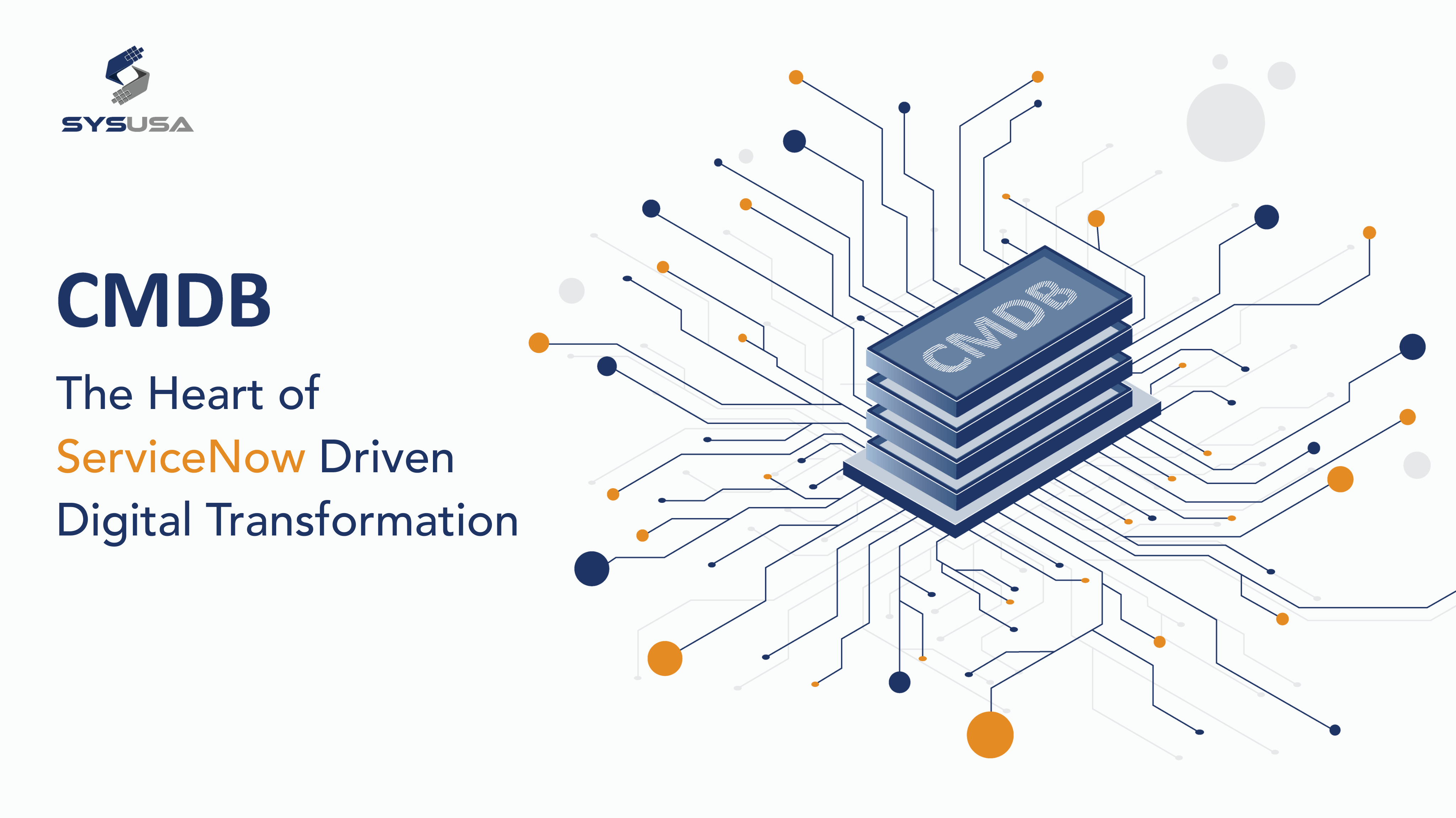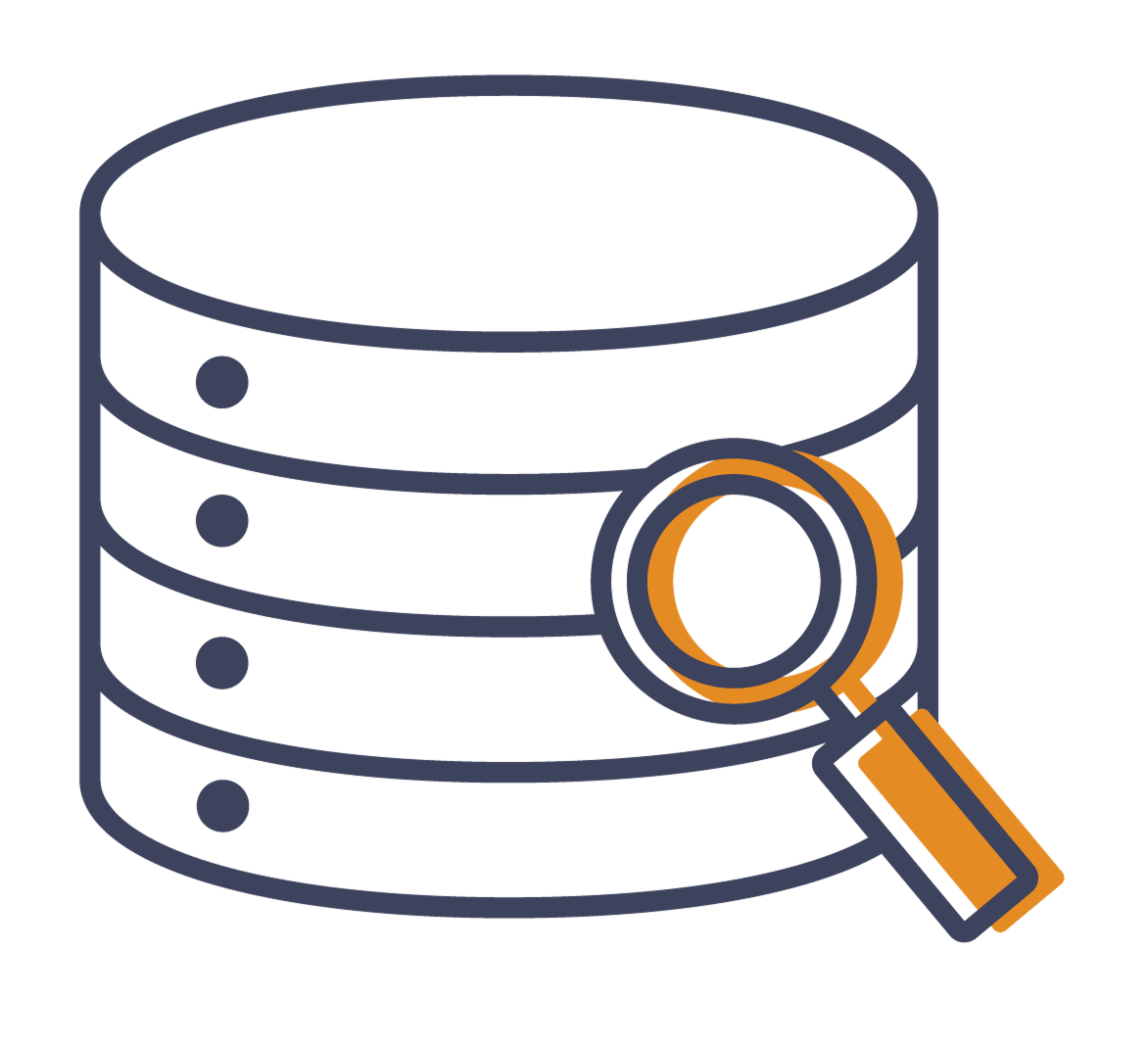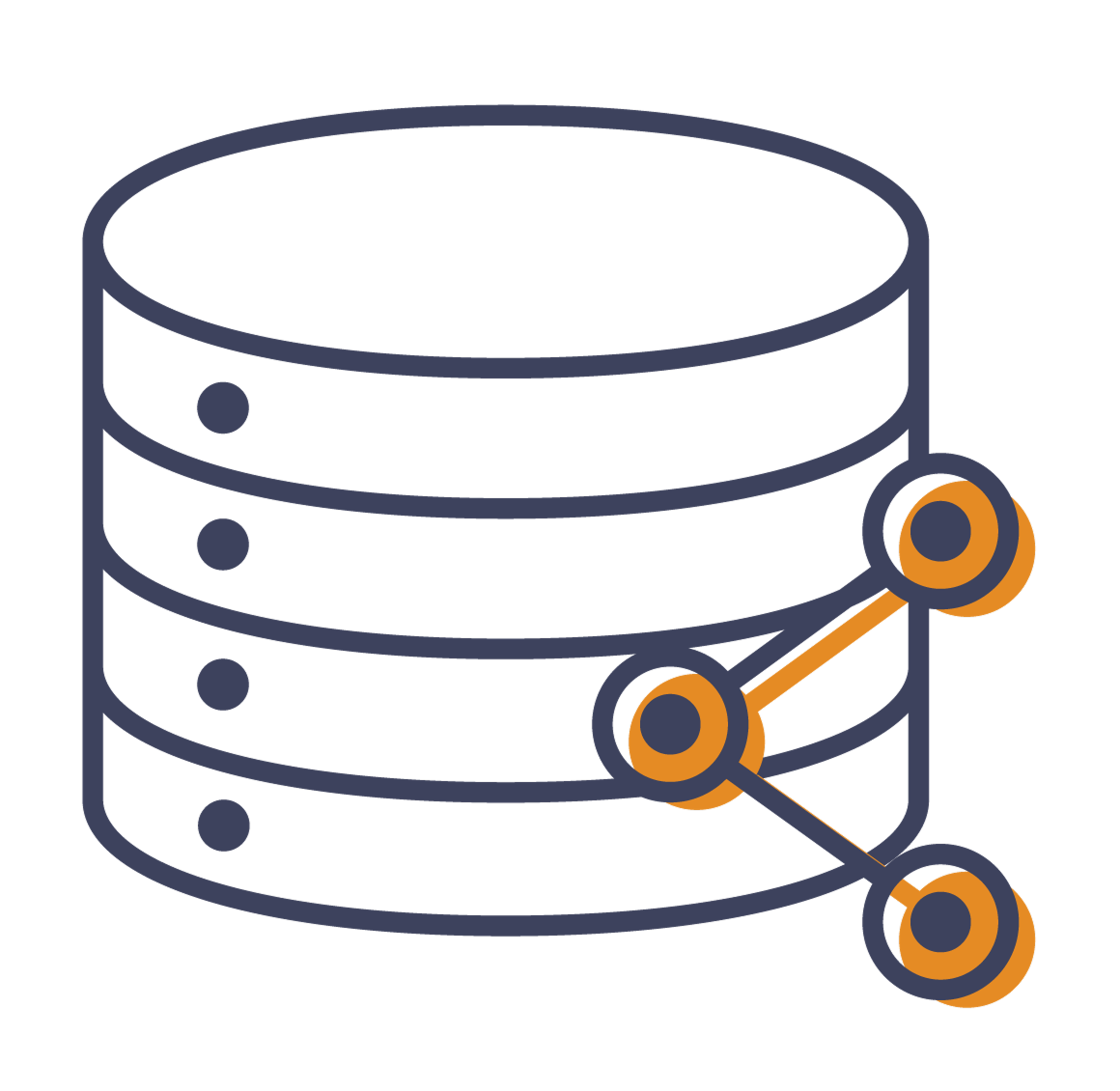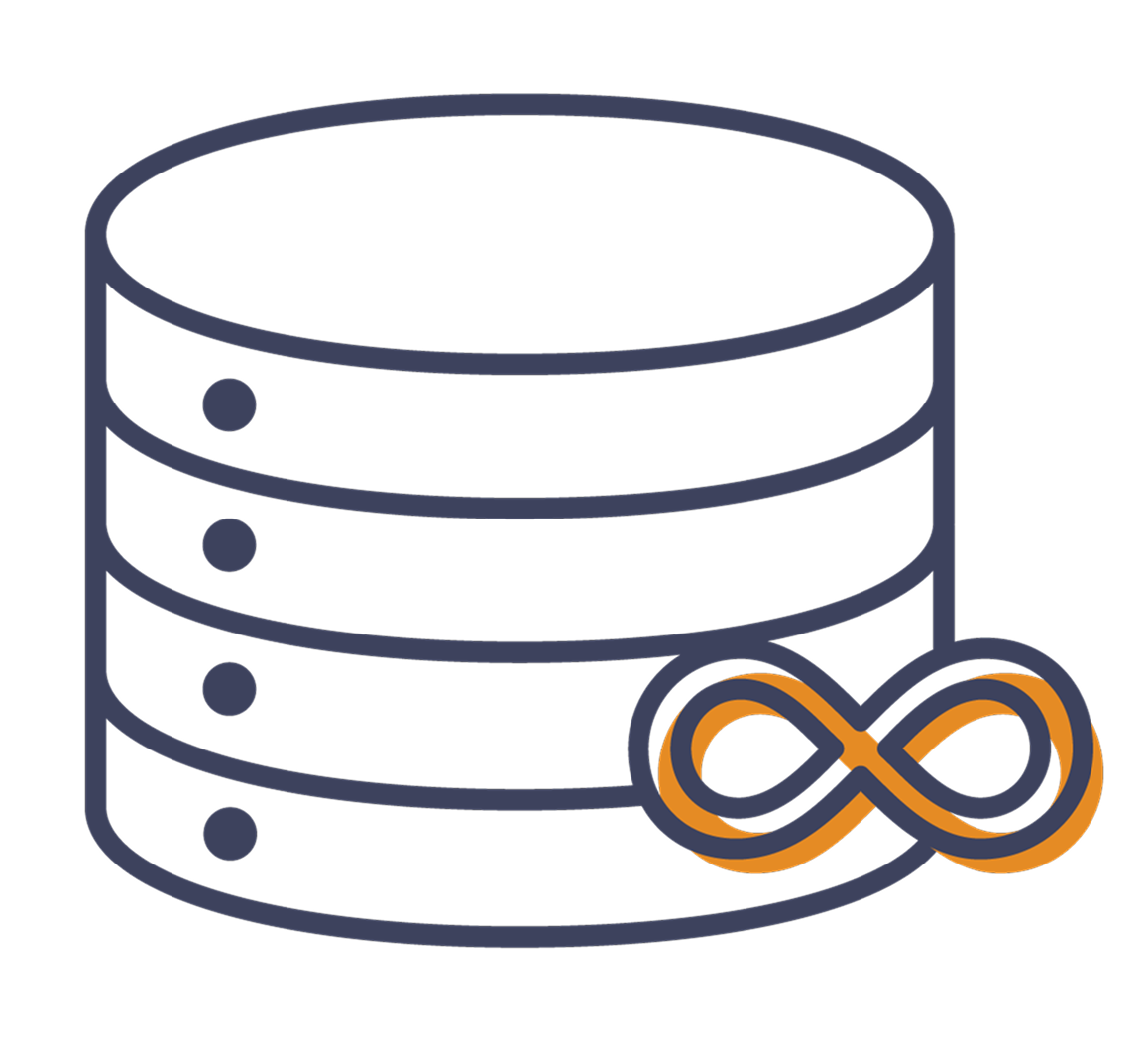
Digital transformation is more than just adopting new tools and technologies; it's a strategic imperative for enterprises to deliver value and stay competitive in a fast-changing technological world. The ServiceNow platform plays a pivotal role in enabling this transformation, with the Configuration Management Database (CMDB) at its core. The success of the NOW Platform depends upon a foundation of accurate configuration data. Without reliable data, even the most advanced digital strategies fall short. If your digital transformation is the vehicle, the ServiceNow platform is the engine, and the CMDB is the fuel system that keeps everything running smoothly.
Despite its criticality, many organizations struggle to implement and maintain a healthy, business-aware CMDB. And the consequences are more than just technical. According to Gartner, organizations lose an average of $12.9 million per year due to poor data quality. Consequently, a significant number of resources are spent on corrective actions when work is based on unclear or invalid information. Let’s explore why the CMDB is the heart of the ServiceNow ecosystem and how mastering it can supercharge your digital outcomes.
What is CMDB and Why Does It Matter?

At its core, the CMDB is a centralized relational database that stores configuration data about your IT environment—hardware, software, applications, users, services, and their interdependencies. But more than a technical asset registry, the CMDB is your organization’s digital foundation. It enables accurate, automated work flows across ITSM, ITOM, ITAM, SecOps, and more. Processes like Incident Management, Change Management, and Problem Management rely on accurate, connected data. The more business-aware your CMDB is, the more value it delivers. That means understanding not just what a component is, but how it impacts your business.
Common Service Data Model (CSDM)

To help standardize and streamline CMDB implementation, ServiceNow offers the Common Service Data Model (CSDM) - a best-practice framework that defines how data should be structured, related, and used within the CMDB.
CSDM enables organizations to:
- Establish a unified view of IT infrastructure and services
- Align configuration items (CIs) with business applications and digital products
- Ensure service visibility across operational, development, and strategic layers
The CSDM framework categorizes data into layers such as Foundation, Design, Manage Technical Services, Sell/Consume, and Manage Business Services. This helps you see not just what you have — but how everything connects and why it matters.
Best Practices for CMDB Success

Implementing a healthy CMDB is no small feat, but it is entirely achievable with the right strategy and tools. Here are a few keys to success:
1. CSDM Mapping: Bringing Structure to Complexity
A well-structured CMDB isn’t just a matter of data collection; it’s about putting the right data in the right place, in line with the CSDM. This framework brings clarity by mapping technical and business-related elements to the appropriate layers within the CMDB. Infrastructure components like servers and routers live in operational tables, while business services and applications are aligned through service mapping layers. When done right, CSDM alignment creates a single, coherent view that connects IT assets to business value, transforming raw data into actionable insight.
2. Curate, Don’t Overload
In a world overflowing with data, the CMDB should be a carefully curated source of truth, not a dumping ground. Adding everything “just in case” leads to clutter, confusion, and unnecessary overhead. The most effective CMDBs focus on what’s essential: the data that supports critical operations, drives decision-making, and aligns with governance needs. Not every app needs an SDLC component, and not every asset warrants deep stratification. Precision, not volume, is what gives the CMDB its power.
3. Automate Discovery Wherever Possible
Manual data entry is error-prone and time-consuming. Using ServiceNow Discovery or third-party discovery tools automatically populates infrastructure-related configuration items (CIs) in your CMDB. Automation ensures higher accuracy and enables real-time updates as environments change. This also provides better support for dynamic cloud-based infrastructures where assets may be frequently spun up or down.
4. Relationships Are Everything
A CMDB’s real strength lies in its ability to connect the dots. Understanding how components relate to one another, which servers support which applications, what services rely on which databases, unlocks a new level of operational intelligence. These relationships make it possible to trace impacts, assess risks, and act decisively during incidents or changes. It’s the difference between guessing what might break and knowing exactly what’s at stake.
5. CMDB Health is a Continuous Commitment
Even the most elegantly designed CMDB won’t stay reliable on its own. Over time, environments change, data decays, and gaps emerge. That’s why continuous monitoring is critical. With ServiceNow’s CMDB Health Dashboard, organizations can keep a close eye on key metrics — from data completeness to compliance and correctness. Regular reviews, automated governance, and clear data ownership ensure that the CMDB remains a trusted resource, not just a static archive.
Finally, Your CMDB is More Than Just a Database

It’s the nerve center of your digital enterprise. It holds the intelligence that powers automation, governance, and resilience. And when implemented correctly, it becomes a strategic asset, not just a technical one.
As a ServiceNow implementation partner, we help organizations establish, refine, and scale their CMDBs using the CSDM framework and industry best practices. Because a healthy CMDB doesn’t just support digital transformation, it drives it.
Ready to build a CMDB that fuels outcomes, not rework? Let’s connect.
.svg)
Muneer Baig
Author
Learn More About Our Services
Discover How We Can Assist You Today.
.webp)


